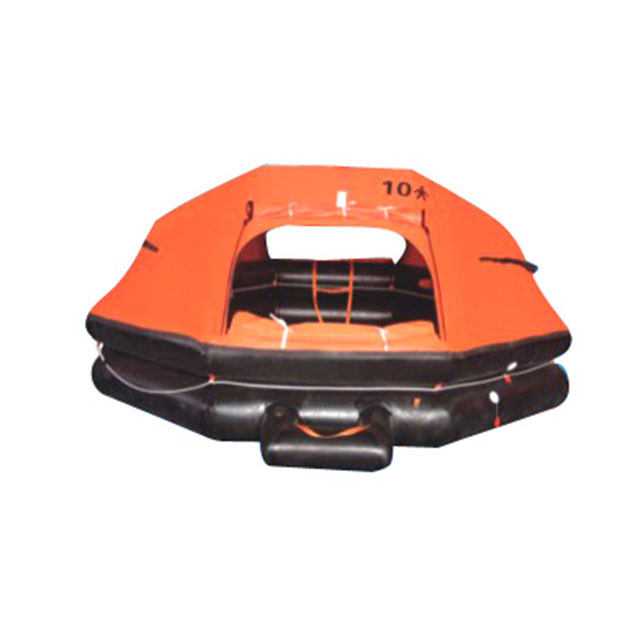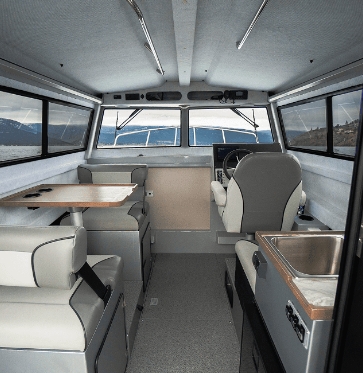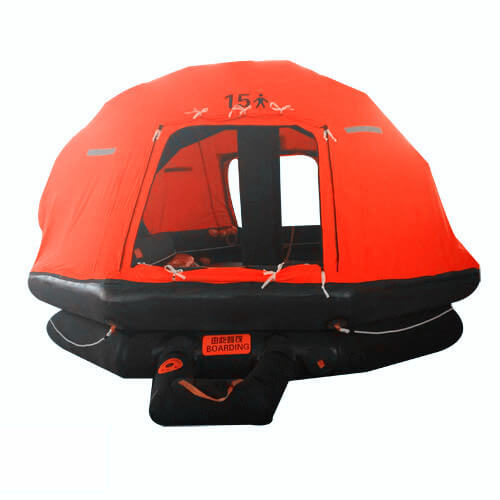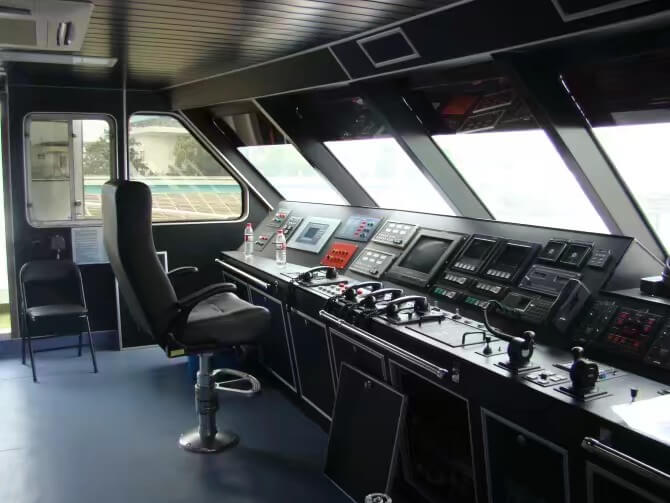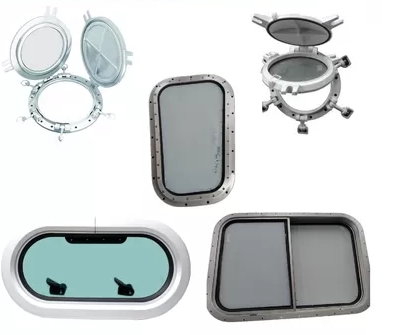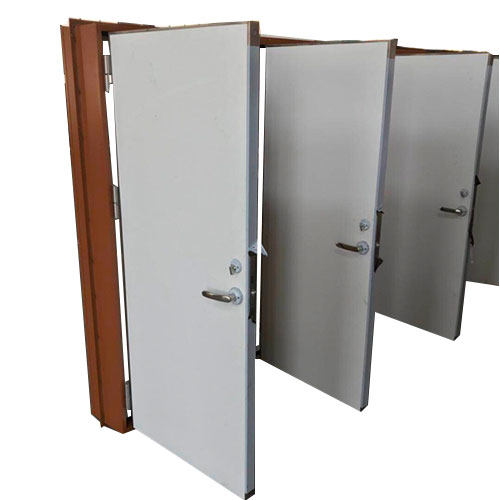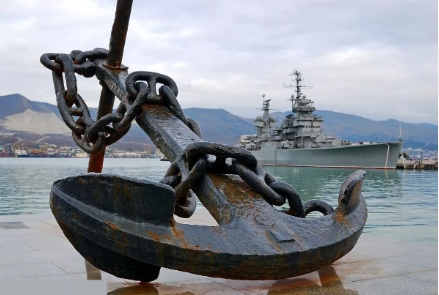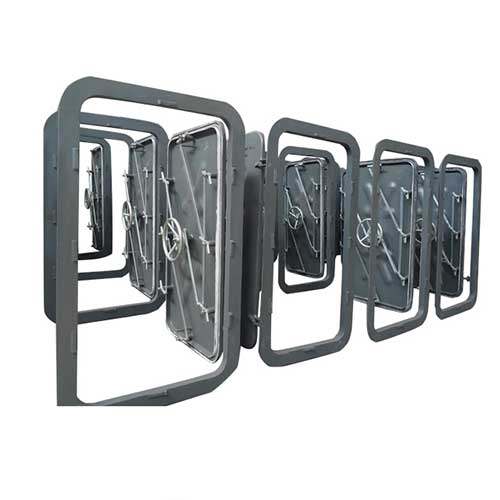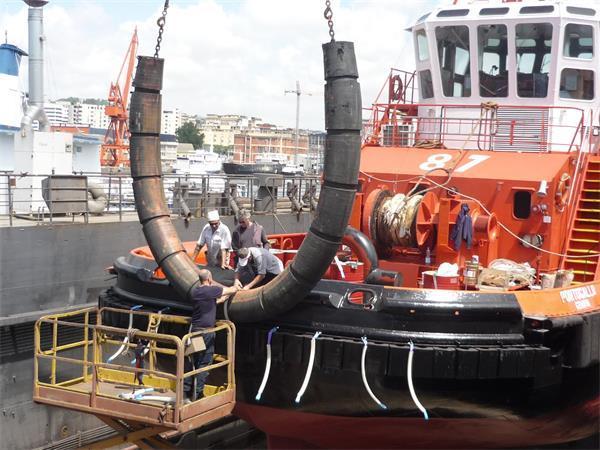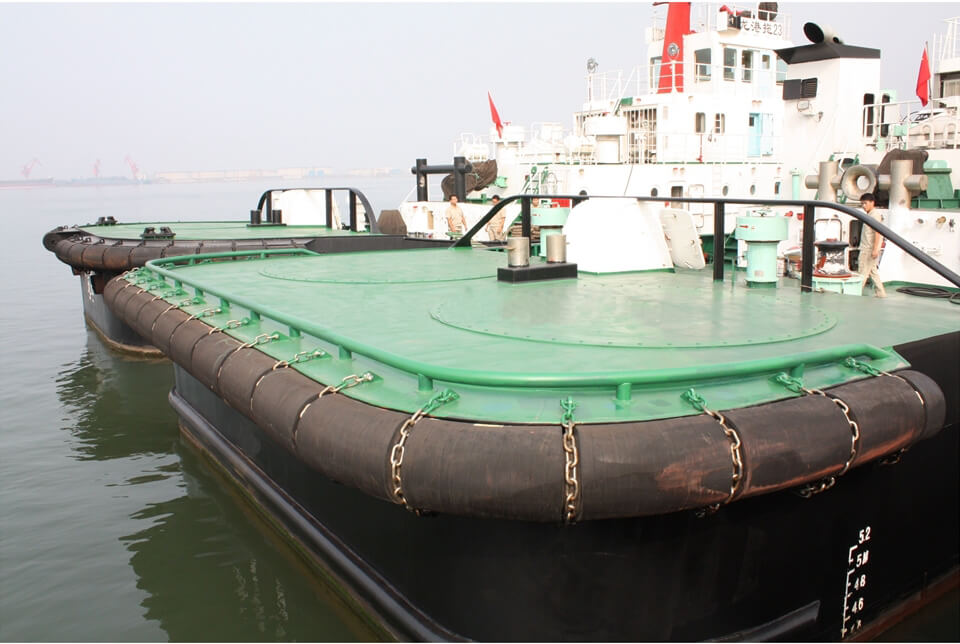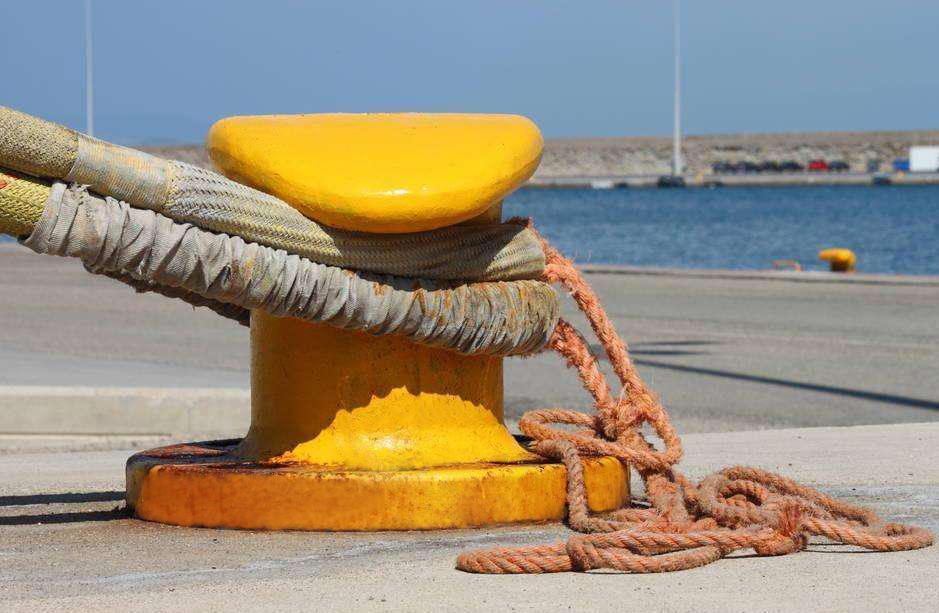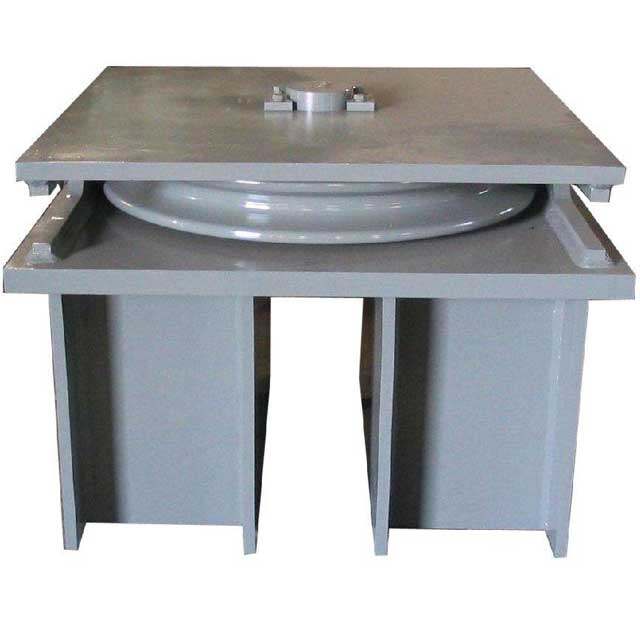Articles & Cases
How to Extend the Shelf Life of Life Rafts
Life rafts are essential safety equipment for marine vessels, designed to provide reliable shelter and flotation during emergencies. However, like all survival gear, life rafts have a limited shelf life, typically ranging from 10…
Noise-reducing Technologies in Marine Windows
In the extremely challenging marine environment, noise pollution has become an important issue that affects the vessel’s operations, crew well-being and passenger comfort. One of the key innovations in tackling this issue is the incorporation…
Self-inflating Life Rafts for Extreme Weather Conditions
In the field of marine safety, the reliability of life-saving equipment is essential particularly in harsh conditions of weather. One of the most crucial pieces of emergency gear on any vessel…
How to Reduce Weight in Marine Pilot Chairs
Marine pilot chairs are crucial in ensuring that the operator is comfortable, safe and efficiency on ships, offshore rigs and navel vessels. But traditional boat pilot chairs tend to be heavy, resulting in increased fuel…
Custom Shape Design in Marine Windows
Marine windows are crucial for vessels, providing visibility, structural integrity and protection from the harsh marine environment. Traditionally, marine windows were manufactured in standard shapes, usually circular type windows or rectangular type windows, to make it easier to…
Space-saving Designs in Marine Doors
Marine vessels, such as luxury yachts, commercial vessels, naval vessel, etc, are constantly challenged in optimizing space. every square inch counts and inefficient designs could result in cramped spaces, restricted movement and reduced functionality…
How to Customize High Holding Power Anchors for Specific Vessel Types
For marine industries, anchoring systems are crucial to the safety of vessels and their performance. There are a variety types of marine anchors, High Holding Power anchors are favored due to their capacity to…
Fire and Watertight Rated Marine Doors
Marine operations are exposed to the harshest environments, battling hazards like flooding, fire, and severe weather events. To reduce the risk of these hazards, marine doors should be designed to resist fire and water ingress,…
Solutions for Rapid Installation and Replacement of Rubber Fenders
Rubber fenders are crucial for protecting vessels in the marine vessels and port infrastructure from damage when the berthing. However, the installation and replacement of these heavy-duty systems can be labor-intensive and time-consuming, if…
Custom Rubber Fenders for Offshore Platforms
In the dangerous offshore platform environments, effective impact protection is essential to protect the structural strength of the platform as well as the safety of workers. A rubber fender is designed to absorb the…
How to Install Mooring Bollards Effectively in Harsh Environments
Installing marine mooring bollards for mooring in extreme conditions is an essential engineering job that guarantees the secure mooring of vessels even in extreme conditions, such as high winds, seawater that…
Vertical vs. Horizontal Roller Fairleads: Choosing the Right Type for Your Application
Roller fairleads are often used in applications where the load needs to be pulled or guided through a system, and they come in two primary configurations: vertical roller fairleads and horizontal…


